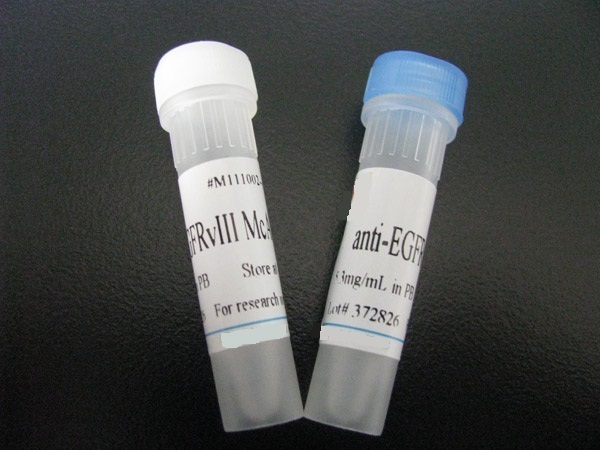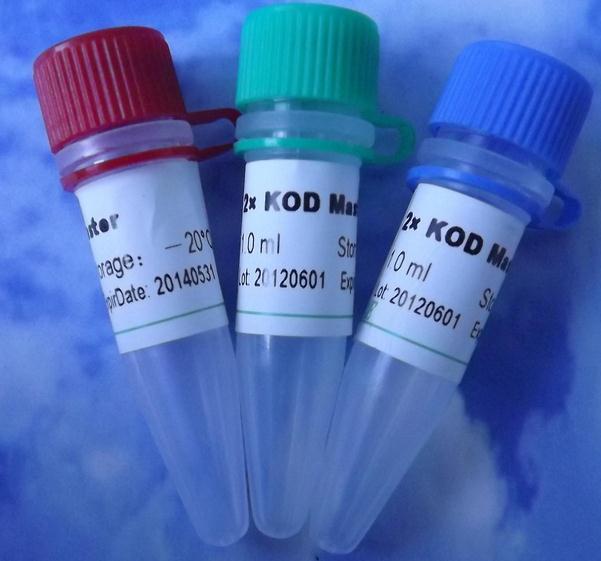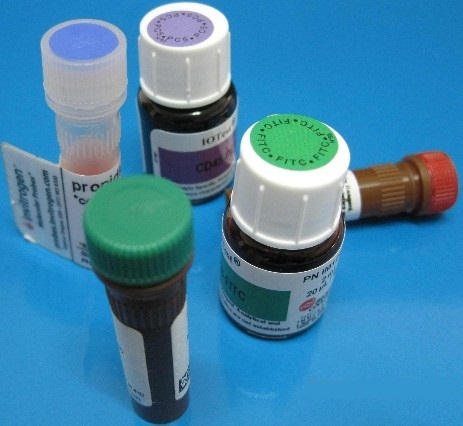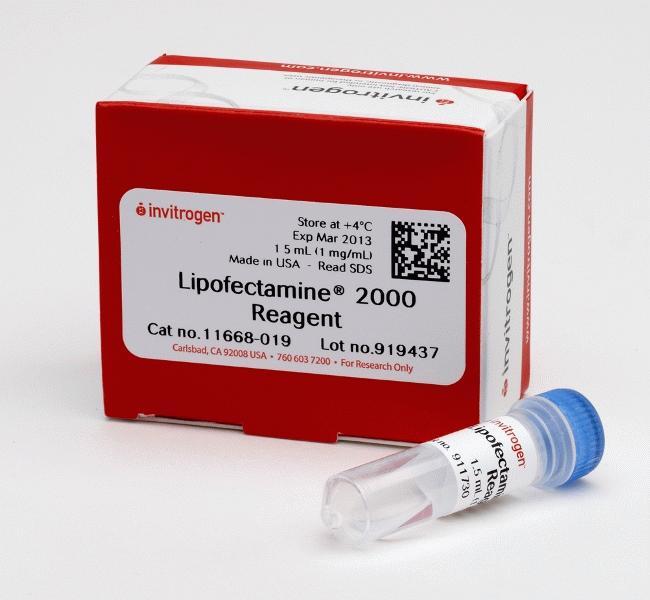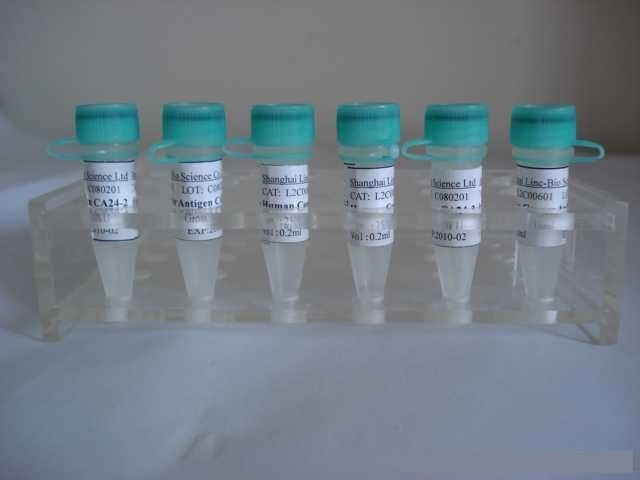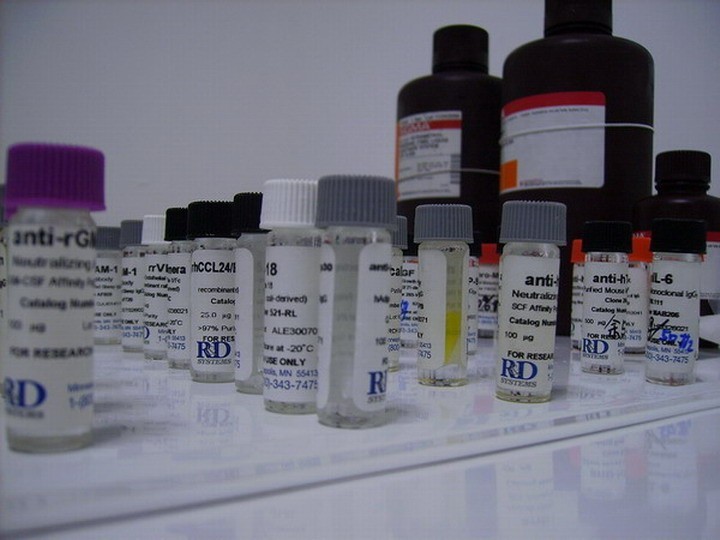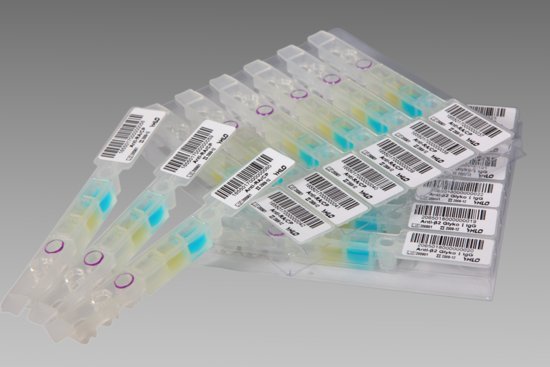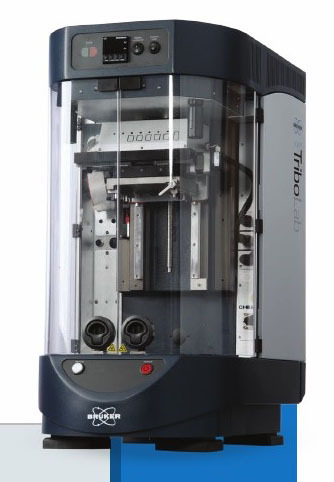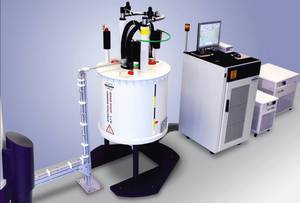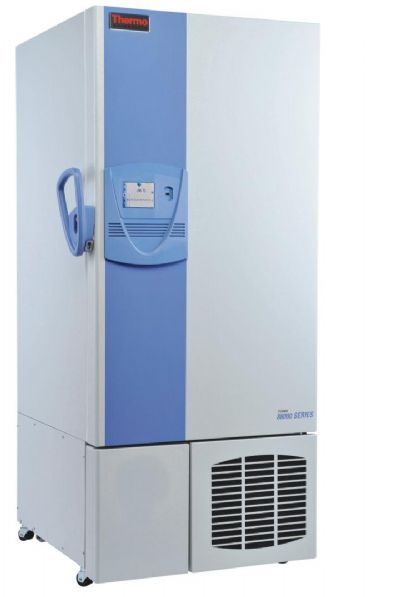浓 度 1mg/1ml
规 格 0.2ml/200μg
抗体来源 Rabbit
克隆类型 polyclonal
交叉反应 Human, Mouse, Rat, Chicken, Dog, Pig, Cow, Rabbit, Sheep
产品类型 一抗
研究领域 肿瘤 细胞生物 神经生物学 Alzheimer's
蛋白分子量 predicted molecular weight: 90kDa
性 状 Lyophilized or Liquid
免 疫 原 KLH conjugated synthetic peptide derived from human Dapper homolog 1
亚 型 IgG
纯化方法 affinity purified by Protein A
储 存 液 Preservative: 15mM Sodium Azide, Constituents: 1% BSA, 0.01M PBS, pH 7.4
产品应用 WB=1:100-500 ELISA=1:500-1000 IHC-P=1:100-500 IHC-F=1:100-500 ICC=1:100-500 IF=1:100-500
(石蜡切片需做抗原修复)
not yet tested in other applications.
optimal dilutions/concentrations should be determined by the end user.
保存条件 Store at -20 °C for one year. Avoid repeated freeze/thaw cycles. The lyophilized antibody is stable at room temperature for at least one month and for greater than a year when kept at -20°C. When reconstituted in sterile pH 7.4 0.01M PBS or diluent of antibody the antibody is stable for at least two weeks at 2-4 °C.
Important Note This product as supplied is intended for research use only, not for use in human, therapeutic or diagnostic applications.
肝癌新基因3蛋白抗体产品介绍 Dapper1 is an 836 amino acid protein that localizes to both the nucleus and the cytoplasm and contains a C-terminal PDZ-binding motif that is thought to mediate protein-protein interactions. Interacting with Dvl-2, Dapper1 functions to positively regulate Dvl-2-mediated developmental signaling pathways, specifically by preventing the degradation of ∫-catenin, thereby enhancing the transcriptional activation of select genes in the Wnt pathway. Dapper1 is downregulated in hepatocellular carcinoma, suggesting an additional role in tumor suppression. The gene encoding Dapper1 maps to human chromosome 14, which houses over 700 genes and comprises nearly 3.5% of the human genome. Chromosome 14 encodes the presinilin 1 (PSEN1) gene, which is one of the three key genes associated with the development of Alzheimer's disease (AD). The SERPINA1 gene is also located on chromosome 14 and, when defective, leads to the genetic disorder alpha 1-antitrypsin deficiency, which is characterized by severe lung complications and liver dysfunction.
Function : Involved in regulation of intracellular signaling pathways during development. Specifically thought to play a role in canonical and/or non-canonical Wnt signaling pathways through interaction with DSH (Dishevelled) family proteins. The activation/inhibition of Wnt signaling may depend on the phosphorylation status. Proposed to regulate the degradation of CTNNB1/beta-catenin, thereby modulating the transcriptional activation of target genes of the Wnt signaling pathway. Its function in stabilizing CTNNB1 may involve inhibition of GSK3B activity. Promotes the membrane localization of CTNNB1. The cytoplasmic form can induce DVL2 degradation via a lysosome-dependent mechanism; the function is inhibited by PKA-induced binding to 14-3-3 proteins, such as YWHAB. Seems to be involved in morphogenesis at the primitive streak by regulating VANGL2 and DVL2; the function seems to be independent of canonical Wnt signaling and rather involves the non-canonical Wnt/planar cell polarity (PCP) pathway (By similarity). The nuclear form may prevent the formation of LEF1:CTNNB1 complex and recruit HDAC1 to LEF1 at target gene promoters to repress transcription thus antagonizing Wnt signaling. May be involved in positive regulation of fat cell differentiation. During neuronal differentiation may be involved in excitatory synapse organization, and dendrite formation and establishment of spines.
Subunit : Can form homodimers and heterodimers with DACT2 or DACT3. Interacts with CSNK1D, PKA catalytic subunit, PKC-type kinase, CSNK2A1, CSNK2B, DVL1, DVL3, VANGL1, VANGL2, CTNND1 and HDAC1 (By similarity). Interacts with DVL2. Interacts with YWHAB; the interaction is enhanced by PKA phosphorylating DACT1 at Ser-237 and Ser-827. Interacts with CTNNB1 and HDAC1. Interacts with GSK3B; the interaction is indicative for an association of DACT1 with the beta-catenin destruction complex. Interacts with GSK3A.
Subcellular Location : Cytoplasm. Nucleus. Cell junction, synapse (By similarity). Note=Shuttles between the nucleus and the cytoplasm. Seems to be nuclear in the absence of Wnt signaling and to translocate to the cytoplasm in its presence.
DISEASE : Defects in DACT1 may be a cause of susceptibility to neural tube defects (NTD) [MIM:182940]. NTD are congenital malformations of the central nervous system and adjacent structures related to defective neural tube closure during the first trimester of pregnancy. Failure of neural tube closure can occur at any level of the embryonic axis. Common NTD forms include anencephaly, myelomeningocele and spina bifida, which result from the failure of fusion in the cranial and spinal region of the neural tube. NTDs have a multifactorial etiology encompassing both genetic and environmental components.
Similarity : Belongs to the dapper family.
Database links : UniProtKB/Swiss-Prot: Q9NYF0.2
![]()




